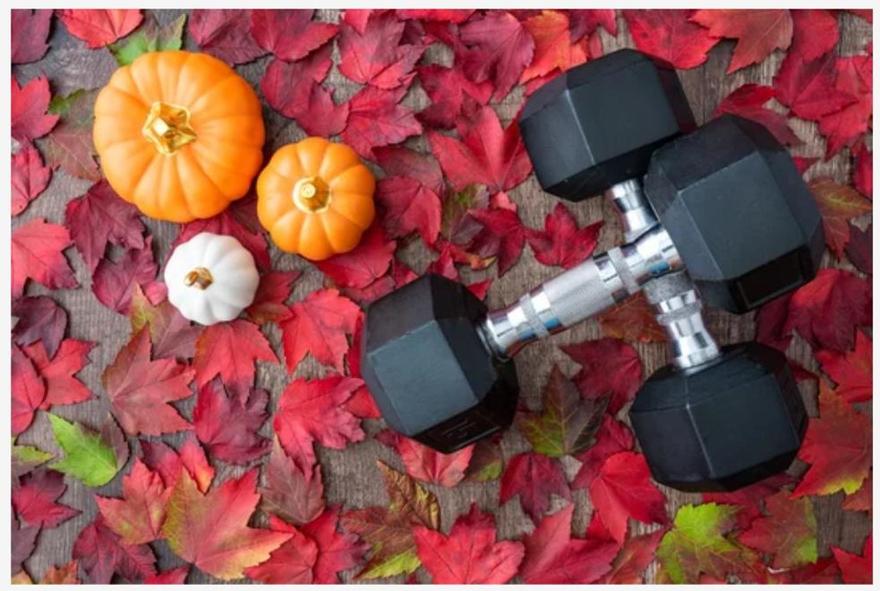
Fall often brings a shift in pace. It's typically a reset season; when the carefree and light rhythm of summer fades, and suddenly our calendars fill up—kids are back in school, work demands ramp up, and the holiday season looms just around the corner. For many of us midlife women, this transition brings with it a familiar companion: stress. And behind the scenes of that stress is a hormone called cortisol, which, when left unchecked, can wreak havoc on everything from our sleep to weight management to mood.
Cortisol in Midlife
Let's first establish that Cortisol isn’t all bad. It’s our body’s natural “get up and go” hormone, and it helps us respond to daily stressors. But as we get older and especially during midlife—when our estrogen and progesterone hormones are already shifting quite a bit—cortisol can easily become overactive. Overactive or chronic high levels of cortisol in our bodies can lead to stubborn belly fat, disrupted sleep, fatigue, and even feelings of anxiety. In short, it can make this busy season feel even more overwhelming--and to the point where we have normalized the stress and all of it's relatives (belly fat, fatigue, disrupted or no sleep and increase anxiety) of the Fall season.
Why Strength Training Helps
Here’s the good news: strength training is one of the most powerful ways to regulate cortisol. Now I love a good cardio session as it enables fat loss, increases stamina and cardio health, improves mood, etc., but unlike endless cardio sessions, which can actually spike cortisol further, lifting weights conditions your body to recover more efficiently after stress. In other words, resistance training is a controlled challenge that trains your body to handle stress without letting cortisol spiral out of control. Resistance training helps in several ways:
- Lowers baseline cortisol by teaching your nervous system how to return to “rest and recover” mode.
- Improves insulin sensitivity, which keeps blood sugar steady and reduces the rollercoaster of energy crashes and cravings.
- Supports other hormones like estrogen, progesterone, testosterone, and growth hormone—helping with metabolism, energy, and mood.
- Reduces stress feedback loops by improving sleep quality, boosting endorphins, and lowering anxiety.
- Builds mental resilience—the confidence gained from lifting translates into lower perceived stress in everyday life.

The Fall Advantage
Given the business of the season—it’s easier said than done. But Fall is the perfect time to lean into this. Cooler weather, earlier sunsets, and busier schedules can tempt us to skip workouts, but they also provide an opportunity to establish a (new) rhythm. Just two to three 45-minute strength workouts per week can anchor your schedule, provide an outlet for stress, and help you transition into the colder months with more energy and focus. Think of your workouts as “anti-stress deposits” into your resilience bank account.
If you’re feeling the weight of Fall stress creeping in, remember this: you can’t always control your schedule, but you can control how your body responds to it. Strength training isn’t just about muscle—it’s about managing hormones, protecting your health, and reclaiming calm in the middle of chaos. Start small, stay consistent, and let lifting weights be the stress-buster your hormones have been waiting for.
If this blog spoke to you, you don’t have to figure it all out alone. With the right strength training approach, you can keep cortisol in check, reclaim energy, and feel at home in your body again. That’s exactly what I help women do through hormone-informed coaching. Book a free consultation today and let’s create your personalized Fall reset plan.


Comments